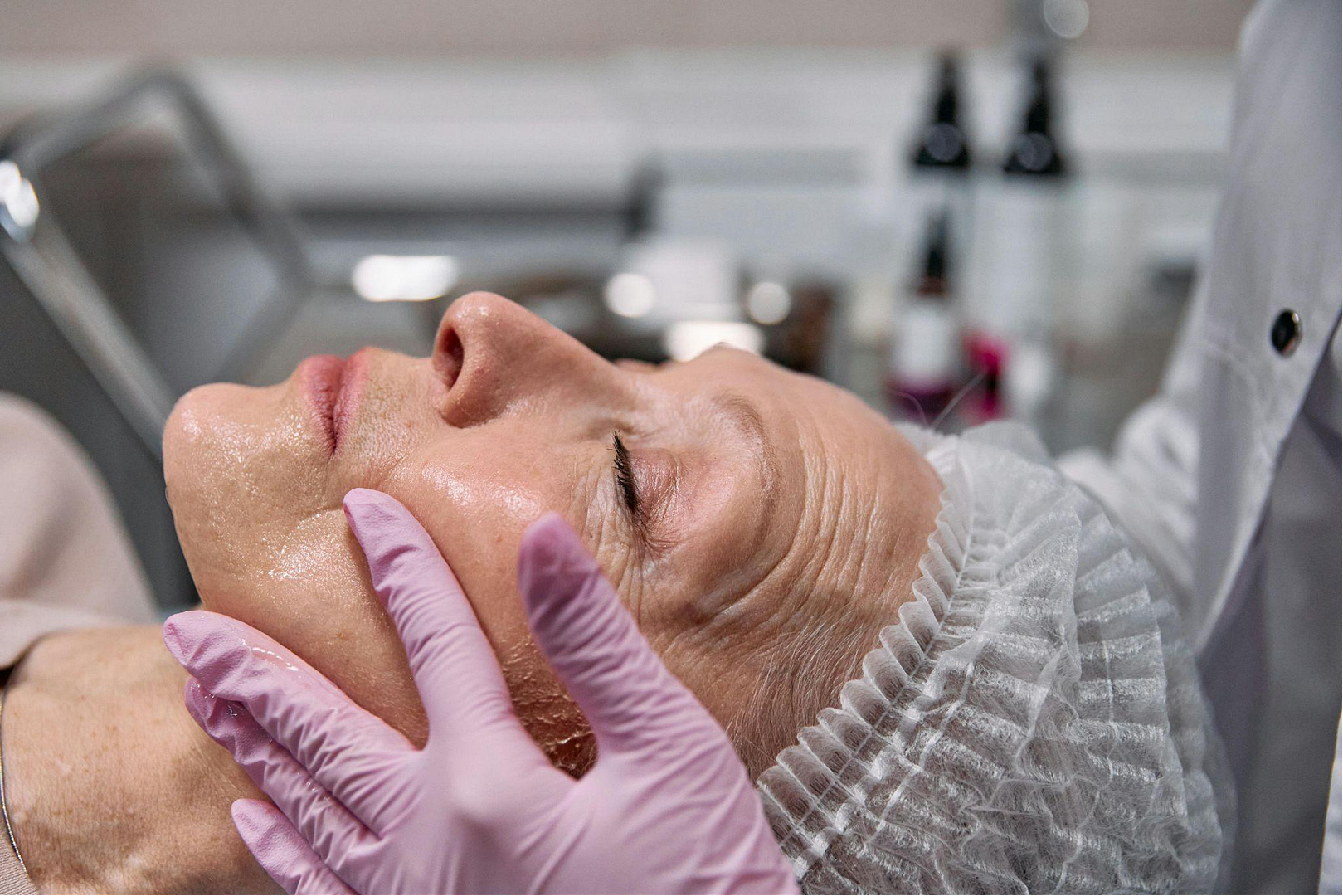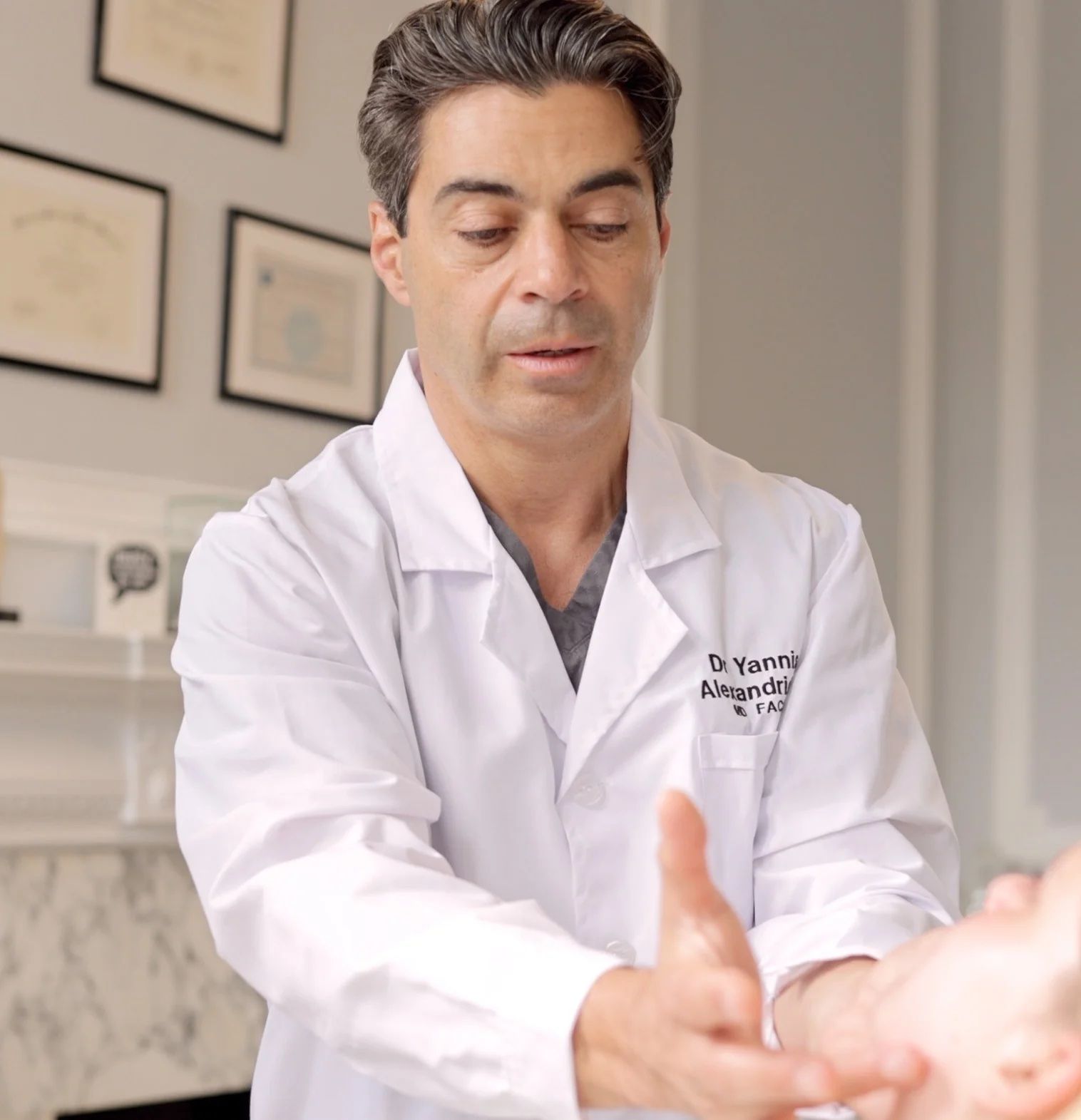
If you’ve ever stood in front of the mirror, gently pulling back your skin just to see what a tiny lift might do, you’re not alone. Thoughts like these are more common than they’re ever discussed. Cosmetic tweaks, surgical or otherwise, have edged their way into regular conversation—whispered in group chats, pondered quietly at 2 a.m., and yes, sometimes confidently announced with a refreshed Instagram selfie.
But what often gets skipped over is the in-between. The part before the Orfaniotis Plastic Surgery. The quiet planning stage where reality and expectations do a bit of a dance. So, if curiosity has ever tugged at your thoughts, here’s a little guide—unfiltered, supportive, and full of the stuff people wish they’d known before hopping on the table.
Start With the Why (And Be Brutally Honest About It)
Not everything needs a deep-rooted reason, but when it comes to surgery, understanding the “why” can be surprisingly grounding. Is it about confidence? Is it chasing a younger version of the self? Or maybe fixing something that’s always felt out of place?
There’s no wrong answer, but clarity helps filter out trends from true intentions. It’s the difference between choosing something for the long haul versus a temporary spark of envy from a filtered scroll session. Plastic surgery isn’t a band-aid for deeper issues—and no reputable surgeon will ever sell it that way.
Choose the Artist, Not Just the Doctor
Surgical credentials? Non-negotiable. Board-certified? Absolutely. But here’s something that doesn’t always get the spotlight—every surgeon has a style. Some are subtle sculptors. Others lean into dramatic transformations. Scroll through before-and-after photos like flipping through an art portfolio.
If a result doesn’t look like it could belong in a high-quality “after” photo without screaming “surgery,” then it might not be the right match. Look for consistency, natural finishes, and above all, real faces—not overly filtered, one-angle-only snapshots. Good surgeons don’t just operate. They craft, they restore, and they listen.
Ask the Awkward Questions (The Good Ones Live Here)
Consultations aren’t interviews—they’re two-way conversations. Ask what happens if you’re unhappy with the results. Find out how often that specific procedure is done by them. Request unfiltered photos. Inquire about anesthesia types, scarring, downtime, revision policies. Nothing’s too small, and the right professional won’t flinch at tough questions.
The vibe matters too. Feeling rushed or dismissed is a red flag with glowing lights. A great surgeon wants informed, confident patients, not just quick sign-offs and credit card swipes.
Prep Like It’s a Big Deal—Because It Is
No one talks enough about the lead-up. Surgery doesn’t start with the incision; it starts weeks before. That means pausing certain medications, cutting back on alcohol, dialing up hydration, and sometimes changing the way the body is nourished.
This isn’t just doctor’s-office advice—it’s how healing sets up shop properly. A well-prepped body equals smoother recovery and better results. Don’t skimp on this part. Think of it like tending the soil before planting a garden. The more care upfront, the better things bloom after.
The Healing Phase Isn’t Glamorous—And That’s Okay
Here’s the truth: healing can be weird. Swelling has no loyalty to symmetry. Bruises turn weird colors. There are days when the mirror becomes more confusing than reassuring. This part’s not shown in influencer reels or TikTok transformations. And yet, it’s normal.
It takes time for the body to settle into its new self. Sometimes weeks. Sometimes months. Patience isn’t optional—it’s vital. And confidence? It often grows gradually, not overnight.
Realistic Expectations: The Secret Ingredient
A new nose won’t fix a toxic work environment. Liposuction won’t teach better self-worth. But in the right context, these changes can feel like puzzle pieces finally fitting. The key? Understanding what surgery can and can’t do.
Chasing perfection is a wild goose chase. Enhancing what’s already there? That’s the gold. Most people aren’t looking to become someone else—they’re aiming to become a version that matches how they already feel inside.
Surround Yourself With Support, Not Opinions
Not everyone will get it. That’s okay. Some folks raise eyebrows at the word “plastic.” Others quietly cheer it on but never say so out loud. Surrounding oneself with the right voices matters more than trying to win everyone’s approval.
The decision is deeply personal. Respecting that space—whether it’s whispered or shouted from the rooftops—makes the experience feel grounded and real.
To Wrap It Up—No Rush, No Pressure
Surgery is one path among many, not a requirement. Not a shortcut. Not a fix-all. Just a tool, when used wisely, that can help someone feel more aligned in their skin. The world throws a lot of noise about appearance and aging and beauty standards. This space? It’s quieter. More intentional.
So, if the idea of surgery has ever floated through the mind, take your time. Read. Ask. Think. And most of all—be kind to that reflection, no matter where the journey leads.








